Understanding Thermal Imaging Cameras
A thermal imaging camera, sometime called an infrared camera, is a device that translates invisible heat energy into visible images. Every object above absolute zero emits infrared radiation, which our eyes cannot perceive. A thermal camera detects these infrared wavelengths and converts them into an image that displays temperature differences across a surface or environment.
Instead of relying on visible light, thermal cameras visualize temperature variation. Warmer areas appear as brighter or lighter tones, while cooler regions show up darker or in contrasting colours. In many models, colours such as red, orange, and yellow indicate high temperatures, whereas blue and purple highlight cooler areas.

This ability to visualize heat enables professionals to identify issues long before they become critical. In electrical maintenance, for instance, a technician can spot overheating circuits that may lead to short circuits or fires. In construction, thermal cameras reveal insulation gaps or hidden water leaks behind walls. Even in wildlife research and search and rescue operations, thermal imaging allows users to detect living beings through darkness, fog, or foliage.
Unlike contact thermometers, thermal imaging provides a complete temperature map in real time. Modern infrared imaging systems contain advanced sensors and processors that transform infrared radiation into electronic signals. These signals are then processed through algorithms to produce a colourized thermogram displayed on the device’s screen. The higher the sensitivity of the sensor, often expressed as NETD (Noise Equivalent Temperature Difference), the finer the temperature detail the camera can capture.
Today’s handheld thermal cameras are compact, energy-efficient, and compatible with smartphones, drones, and industrial instruments. Many feature dual-mode imaging that overlays thermal and visible images, helping users easily pinpoint exact problem areas. This accessibility has transformed thermal imaging from a specialized research tool into an essential instrument across countless fields from building inspection and medical screening to automotive diagnostics and preventive maintenance.

A Brief History of Thermal Imaging
The science behind thermal imaging stretches back more than two centuries. Its origins trace to 1800, when British-German astronomer William Herschel discovered infrared radiation while experimenting with sunlight and a glass prism. By placing thermometers just beyond the red portion of the visible spectrum, he noticed a rise in temperature even where no visible light was present. This invisible band of heat became known as the infrared region of the electromagnetic spectrum, laying the foundation for all future thermal technologies.
In the decades that followed, researchers began to explore how to detect and measure this invisible energy. Early instruments used thermocouples and bolometers to sense warmth from distant objects. During the 20th century, infrared detection played a major role in military and scientific research. By the 1940s and 1950s, large and complex infrared scanners were employed for reconnaissance, meteorology, and astronomy, although they required heavy cooling and were impractical for personal use.

The real transformation came in the 1970s, when advancements in solid-state electronics allowed the creation of infrared detector arrays. These arrays converted thermal energy into electronic signals with far greater precision and stability. By the 1980s and 1990s, handheld thermal imaging cameras emerged, smaller, faster, and more reliable than their mechanical predecessors. They no longer required active cooling, opening the door for commercial and industrial applications.
As semiconductor technology evolved, costs dropped dramatically. This democratized thermal imaging, shifting it from laboratories and defense systems to construction sites, hospitals, and even consumer devices. The 21st century has seen rapid miniaturization, improved sensor sensitivity, and the integration of AI-based image processing.
Today, the thermal imaging camera has become one of the most versatile sensing tools available. It can be attached to smartphones, mounted on drones, or embedded into industrial robots. From monitoring machinery efficiency to detecting fevers during public health screenings, its uses continue to expand.

The journey from Herschel’s prism experiment to the modern pocket-sized infrared camera illustrates two centuries of innovation, transforming invisible heat into one of the most powerful forms of visual information we have. As imaging technology continues to advance, the ability to see and interpret temperature will only become more precise, affordable, and integral to everyday life.


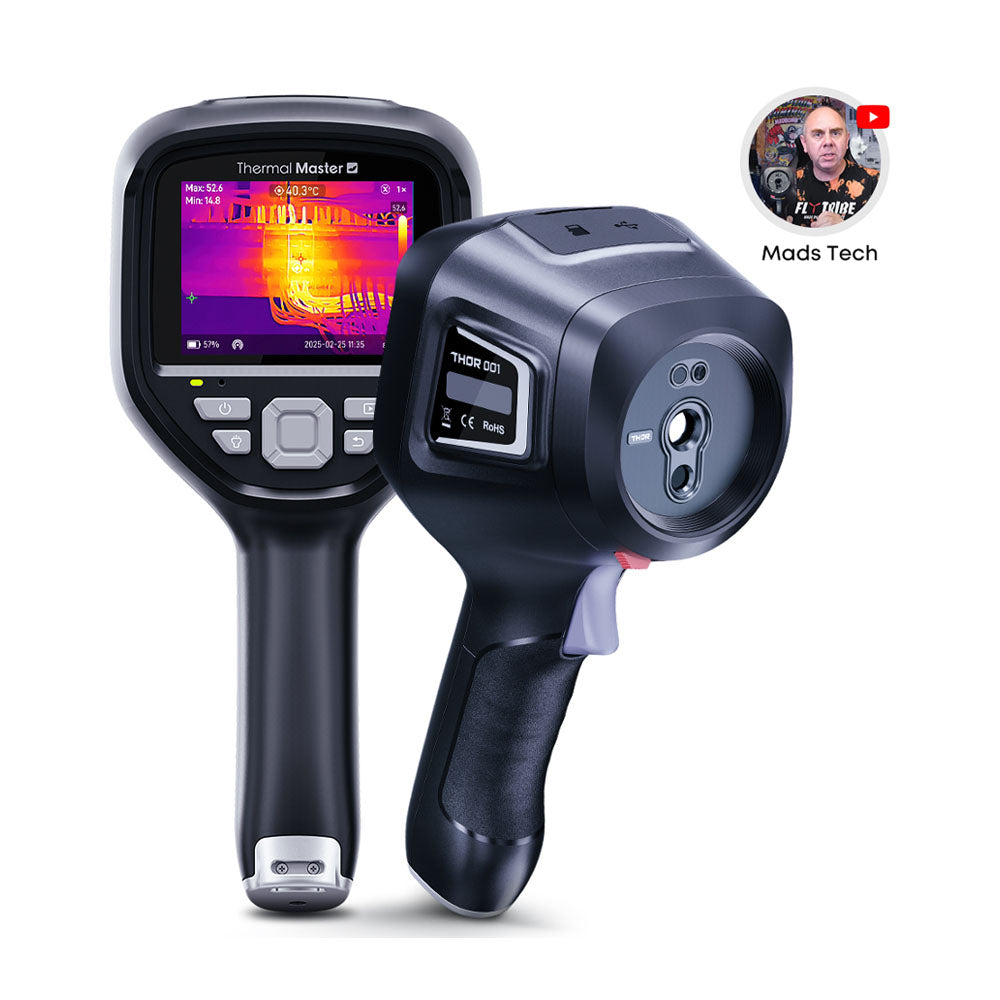

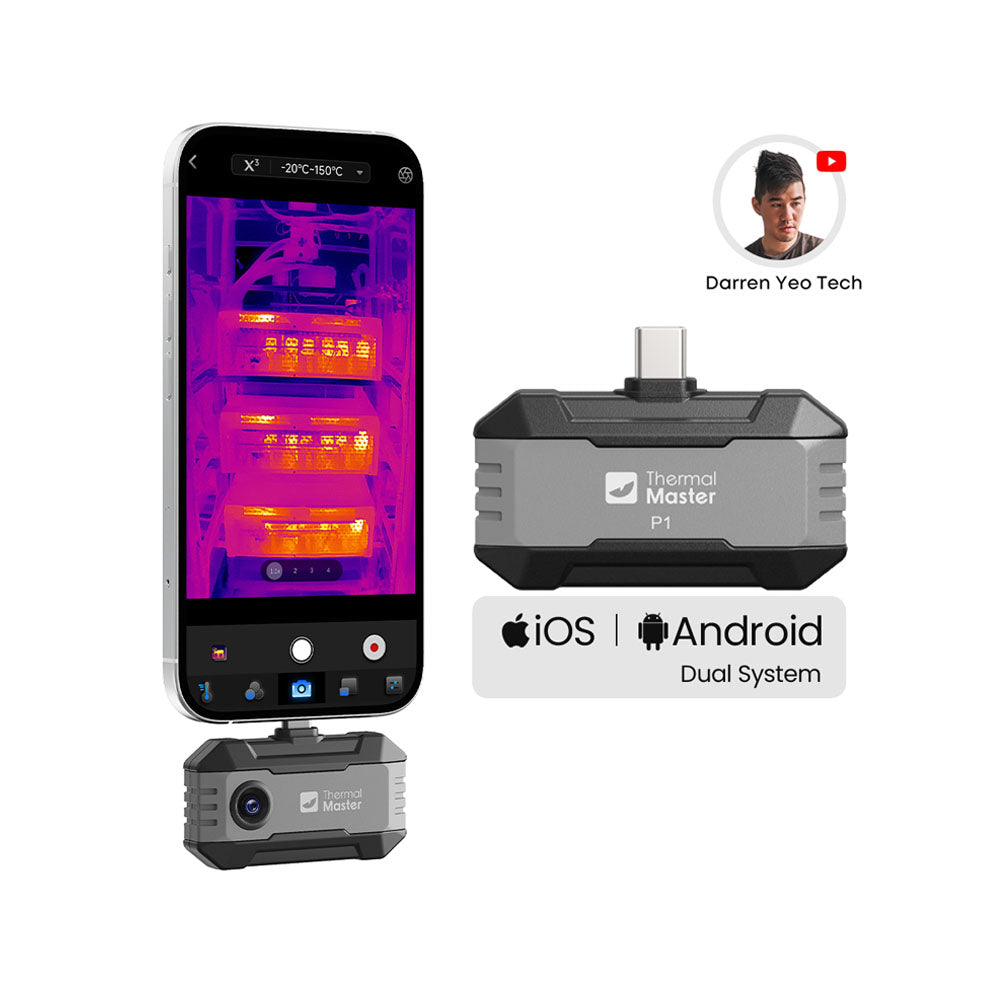
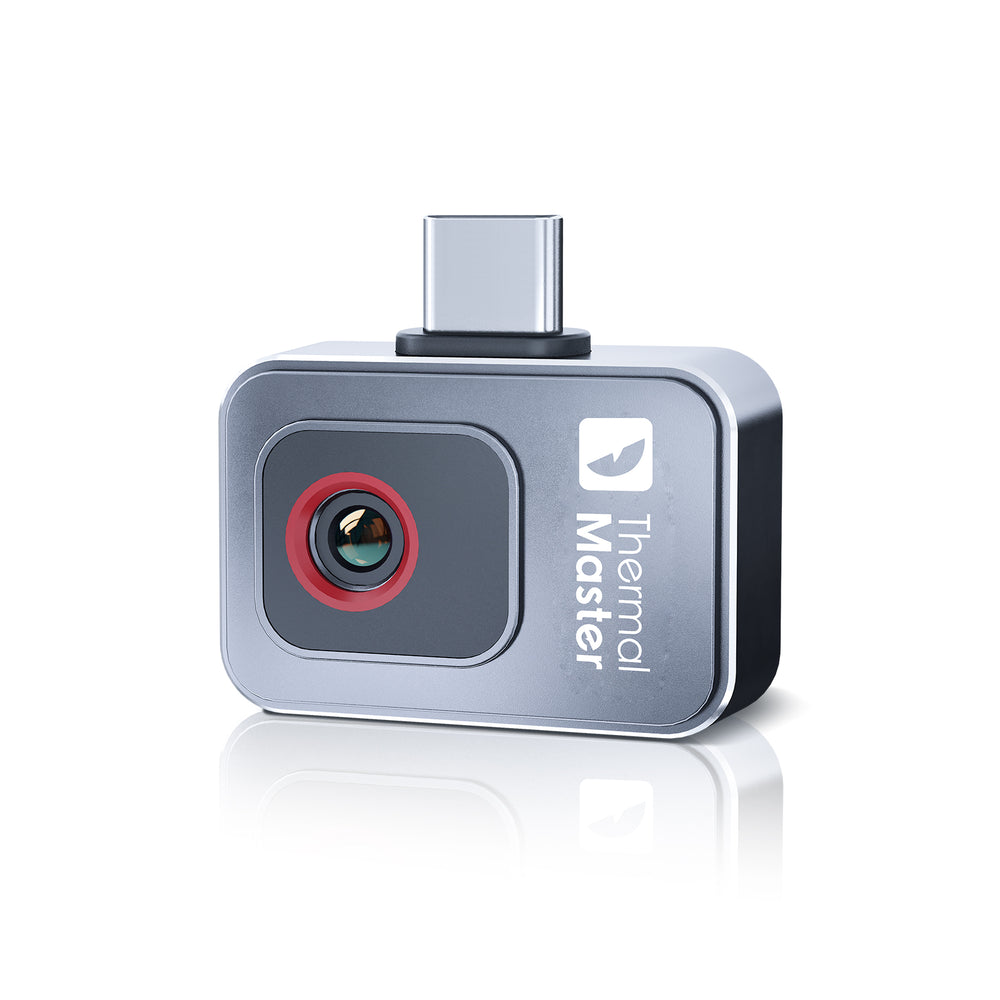
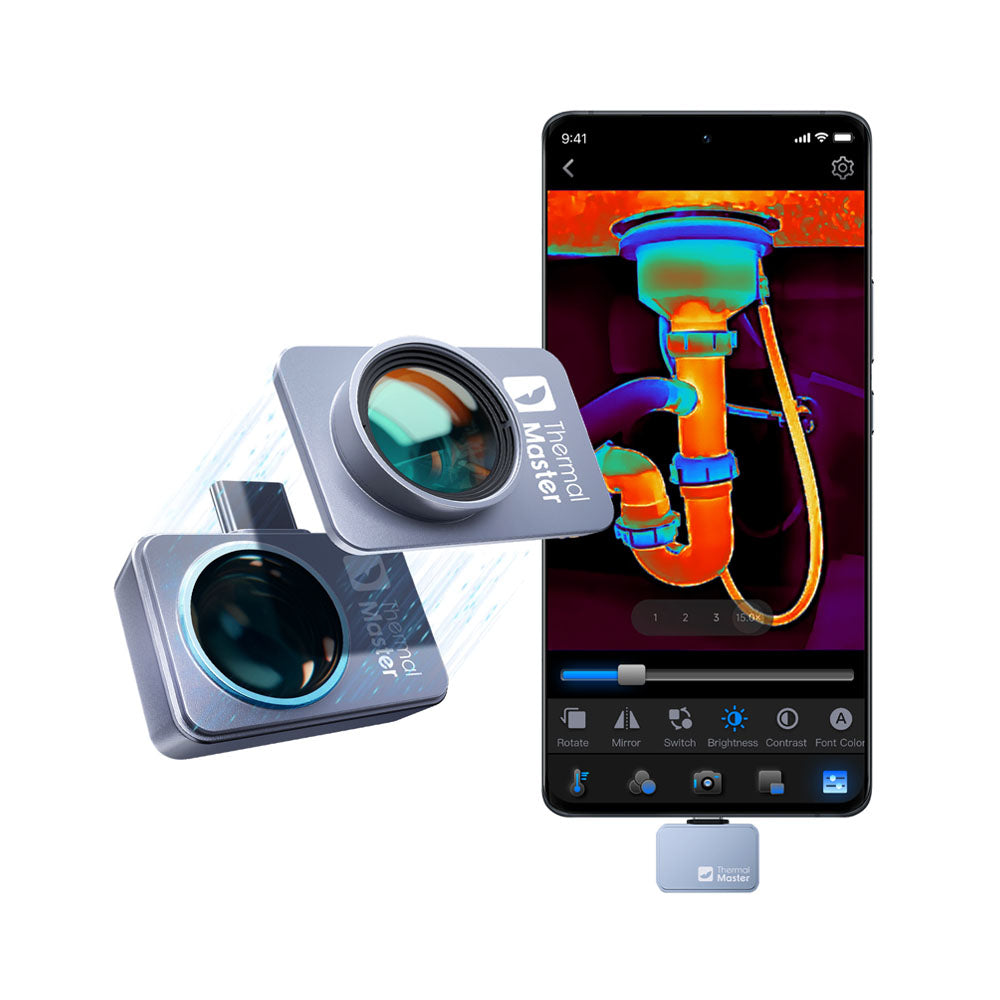
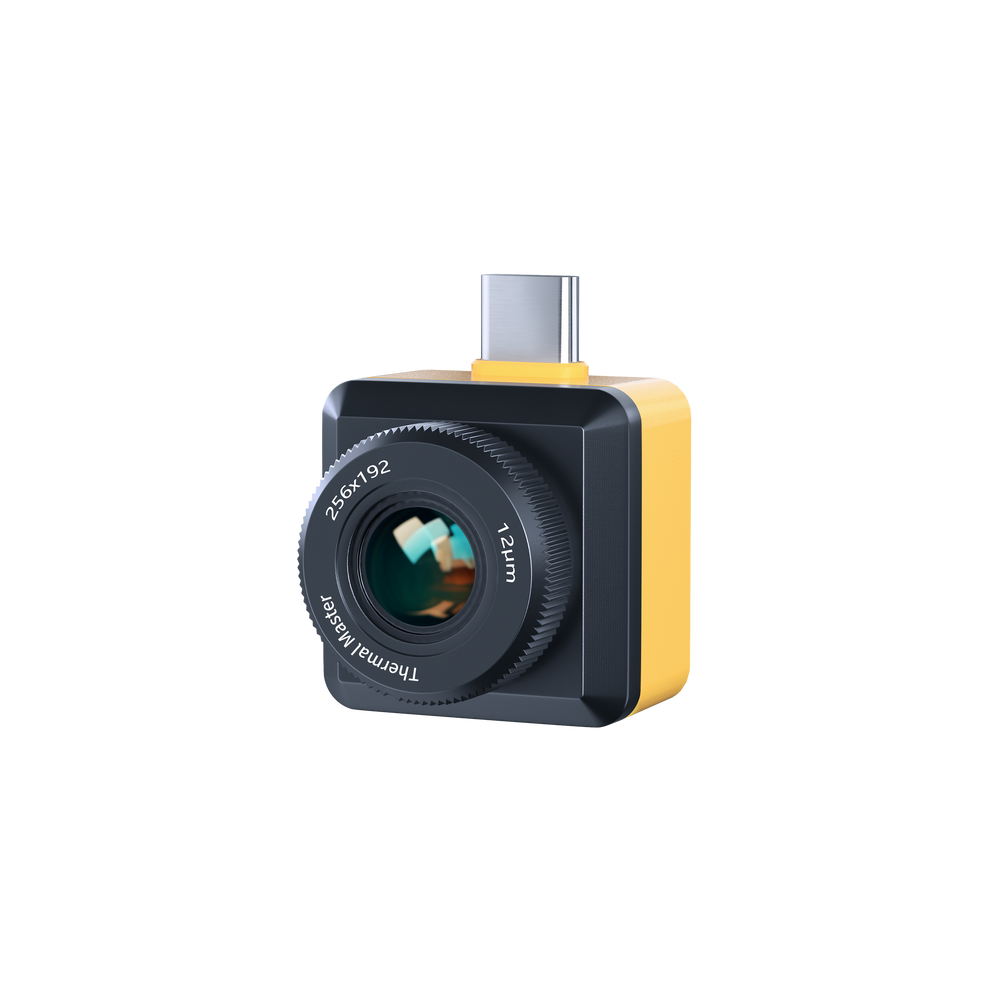
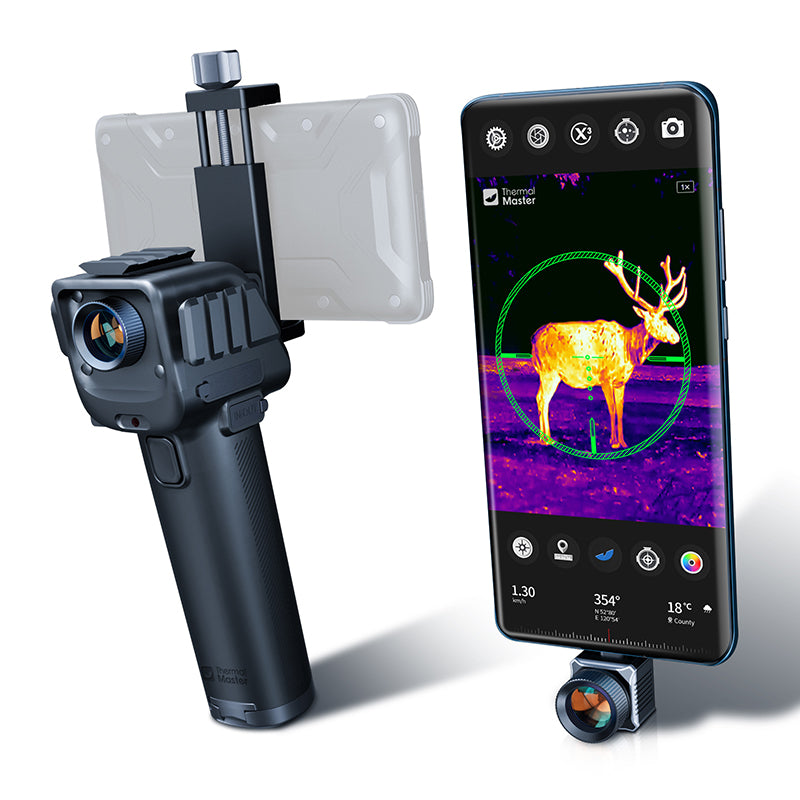
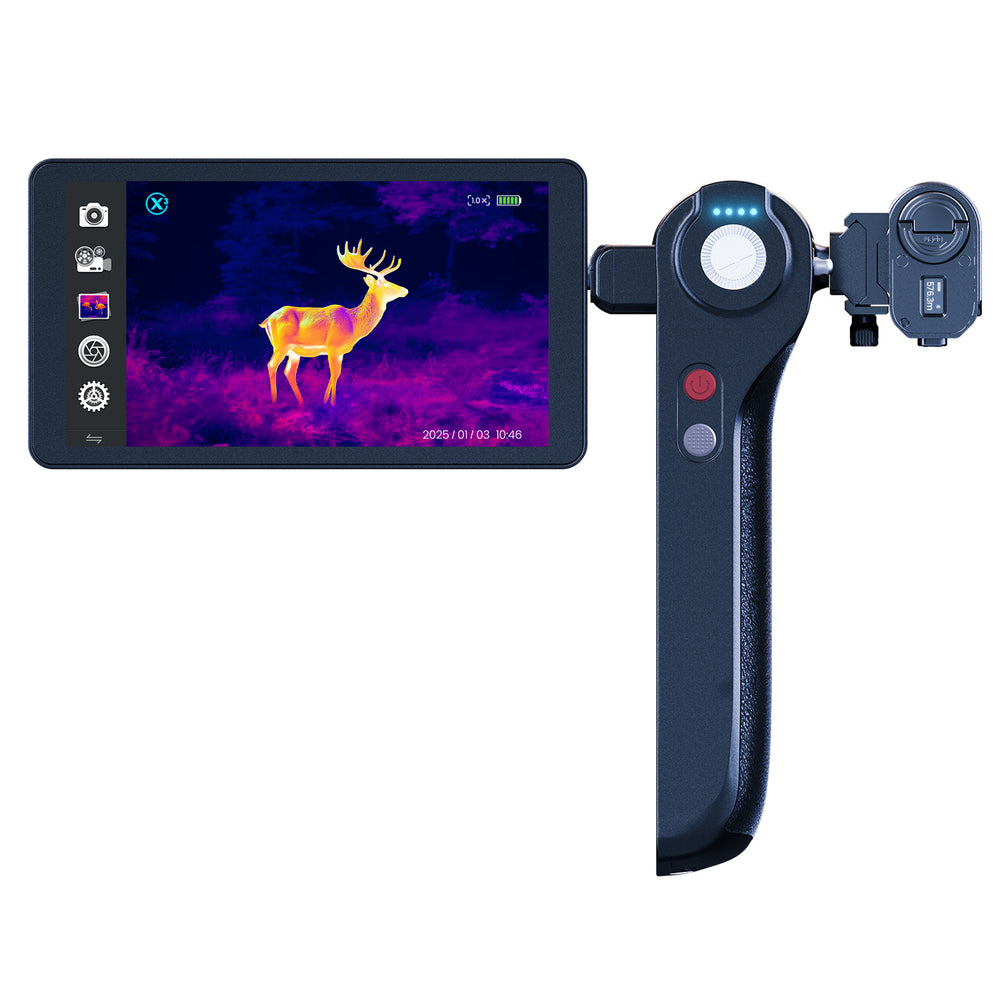

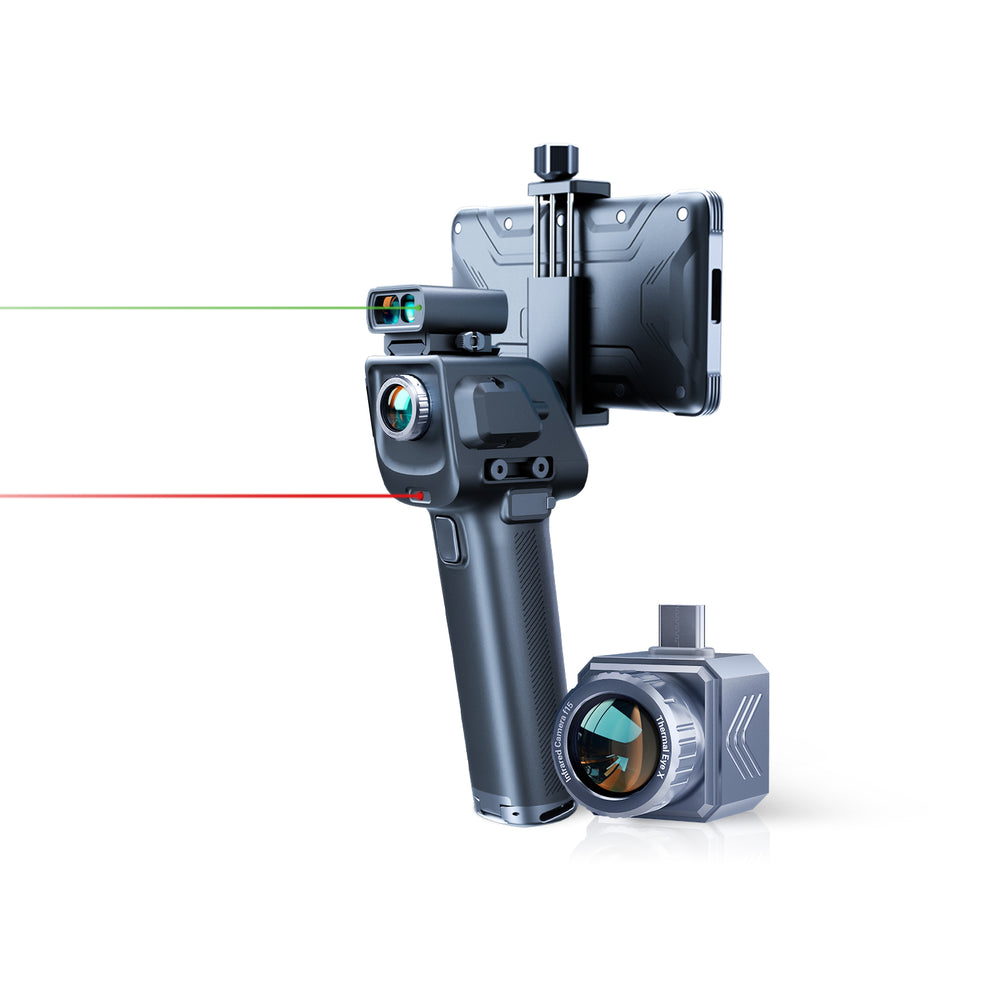
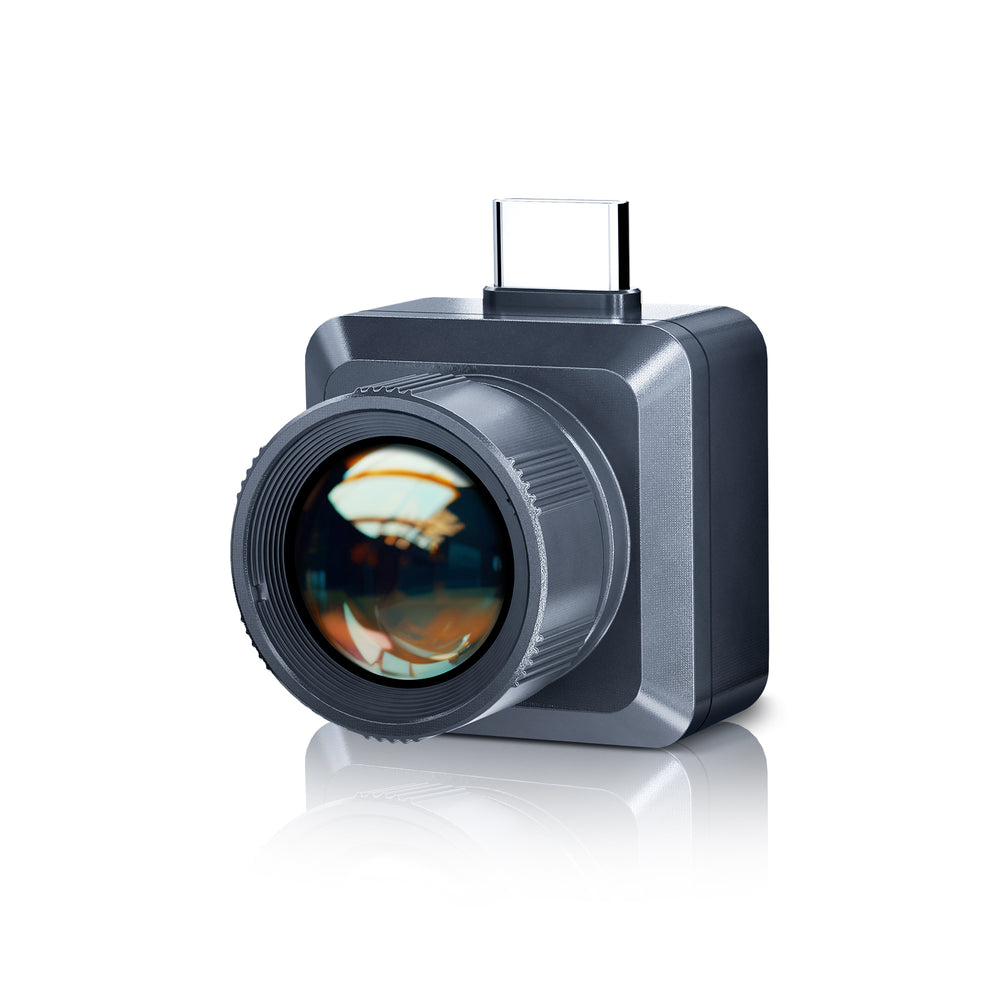

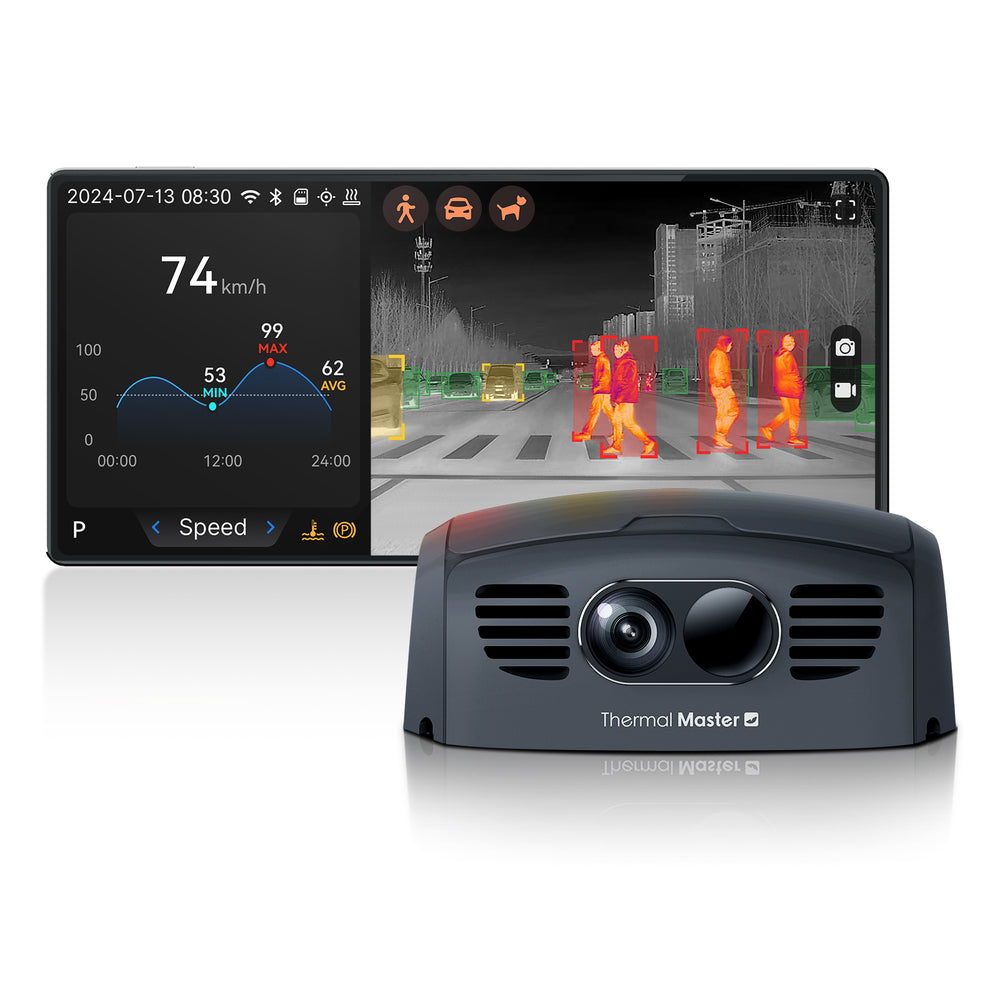
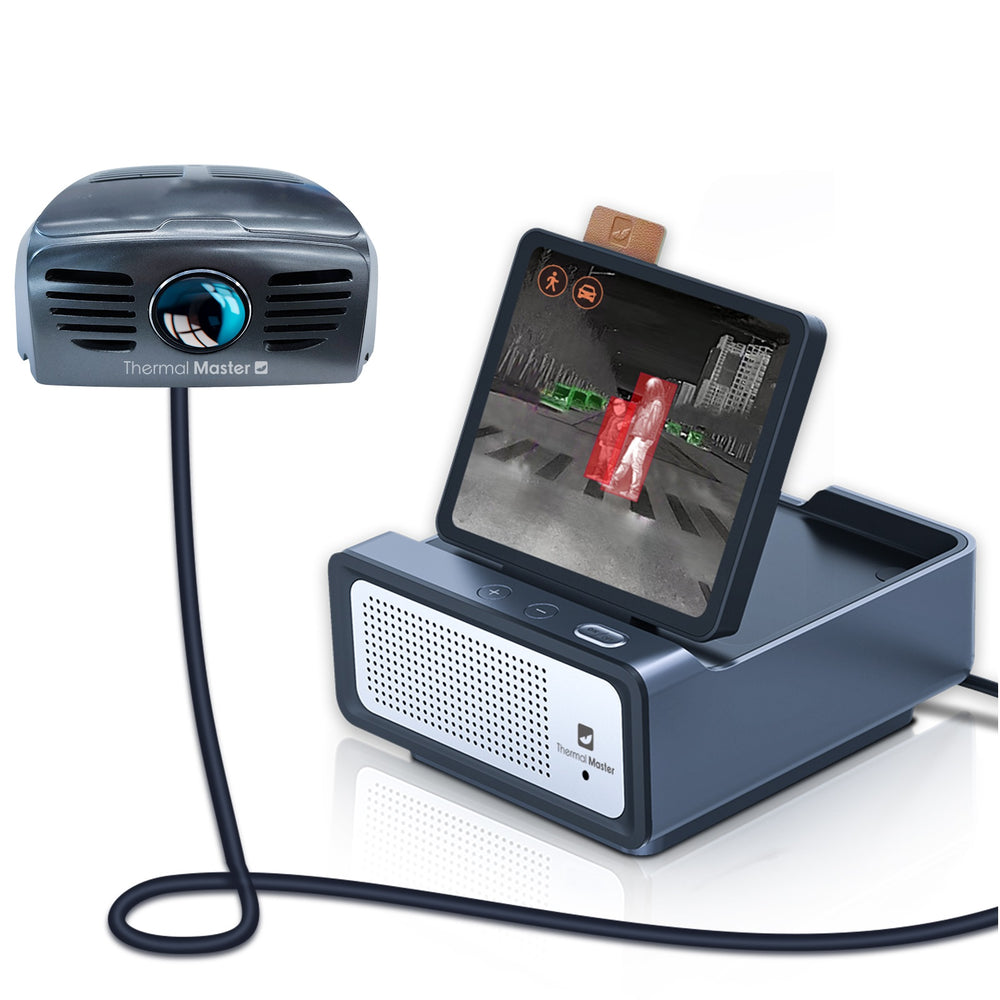
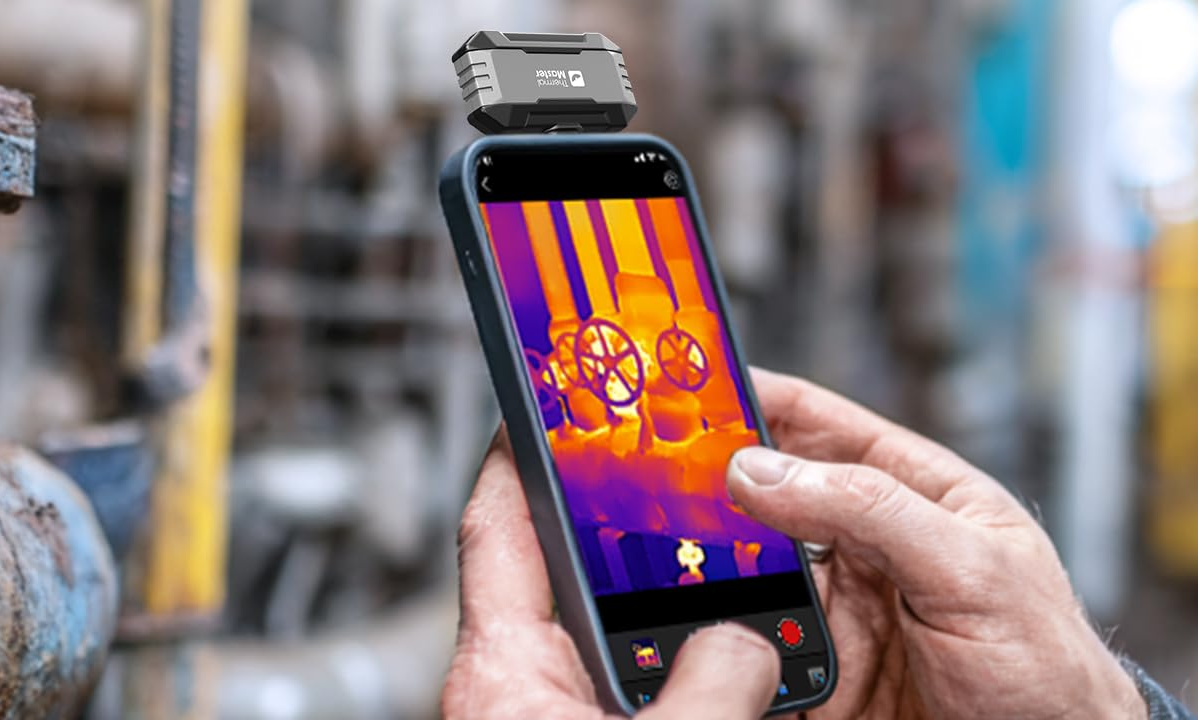

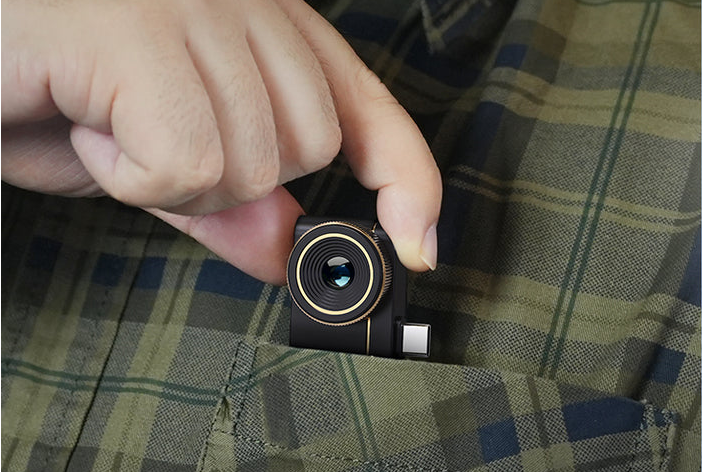

Leave a comment
All comments are moderated before being published.
This site is protected by hCaptcha and the hCaptcha Privacy Policy and Terms of Service apply.